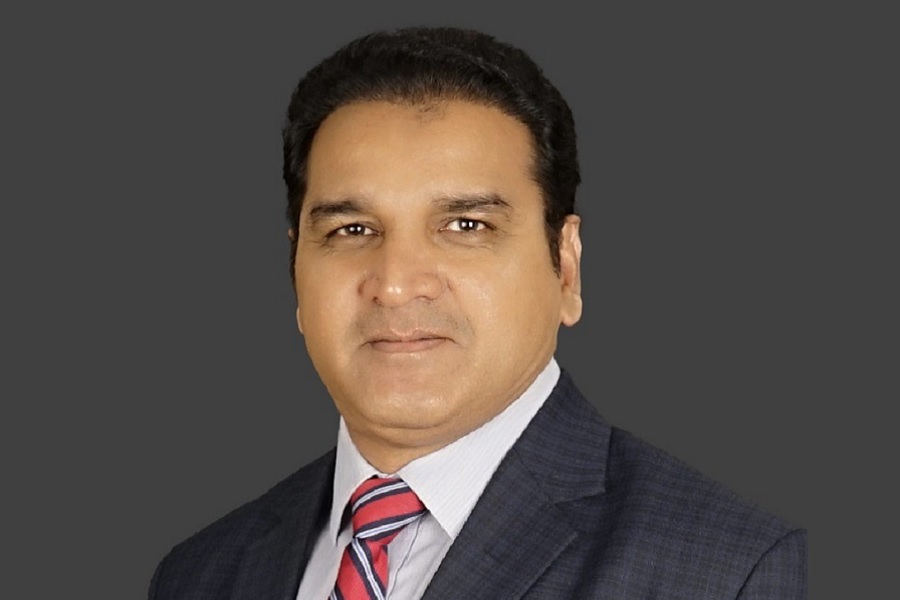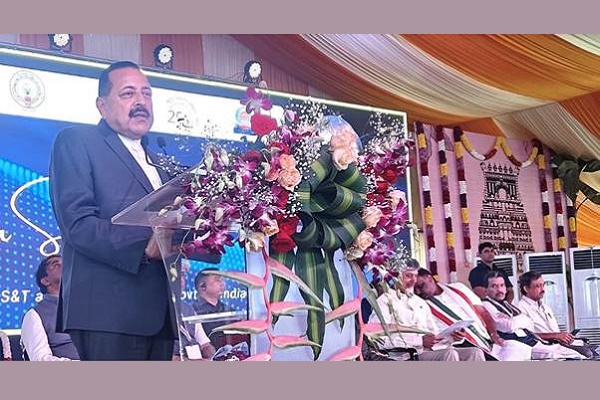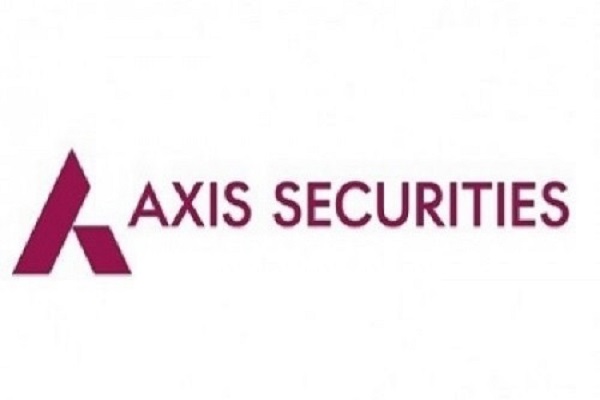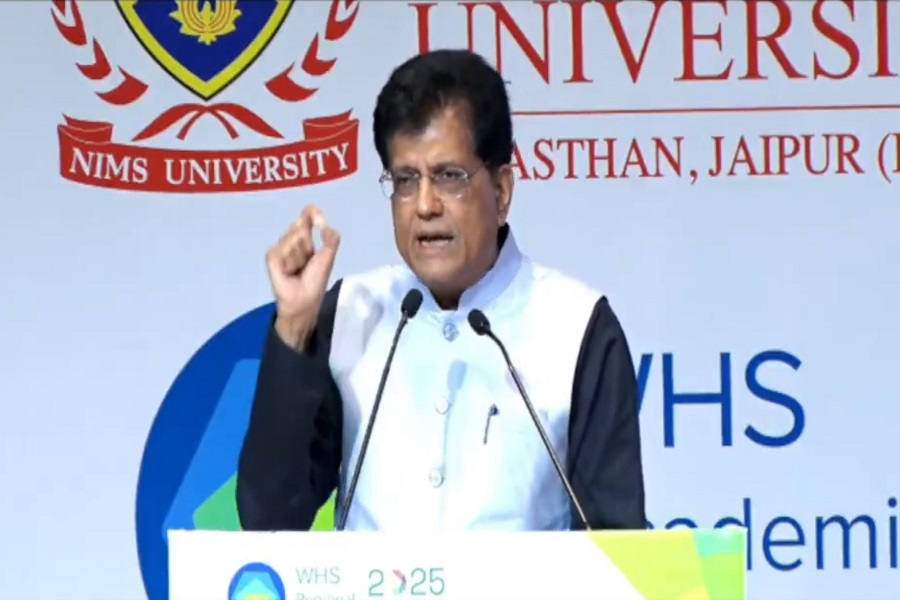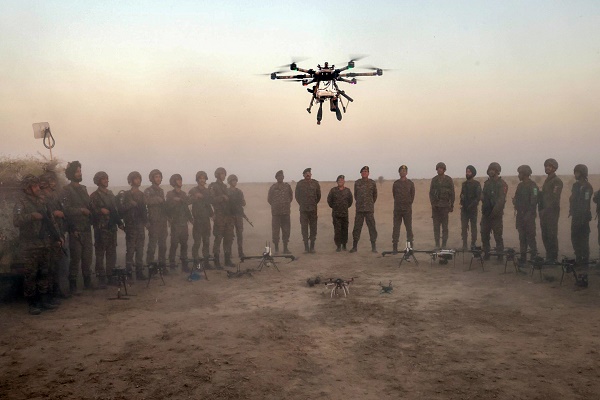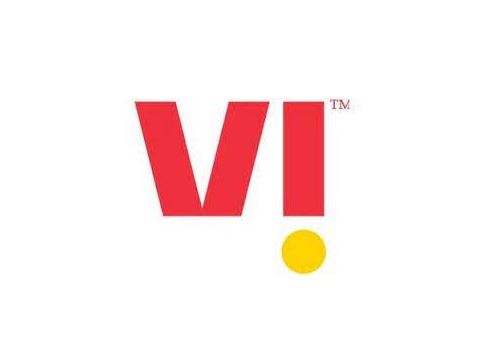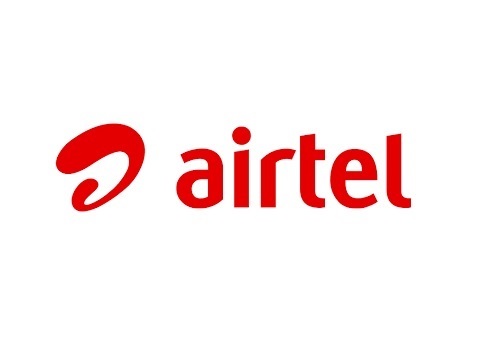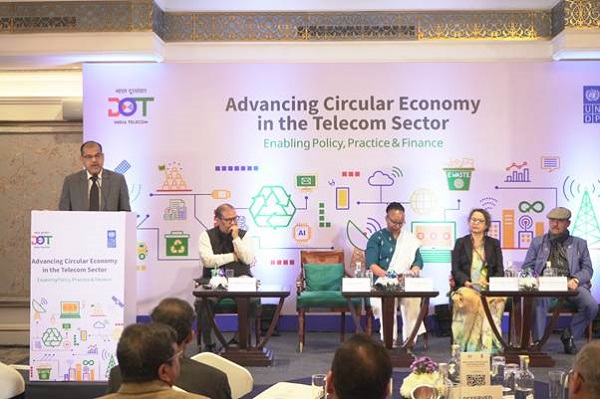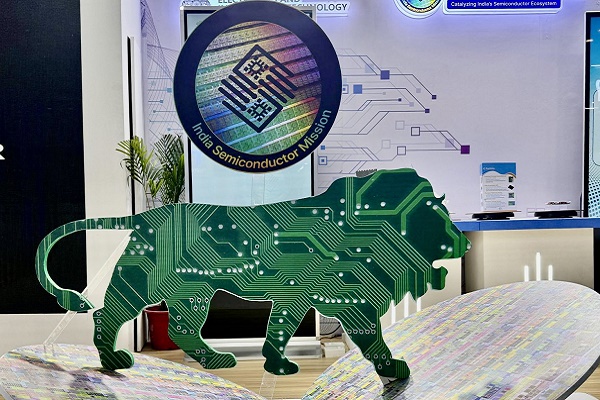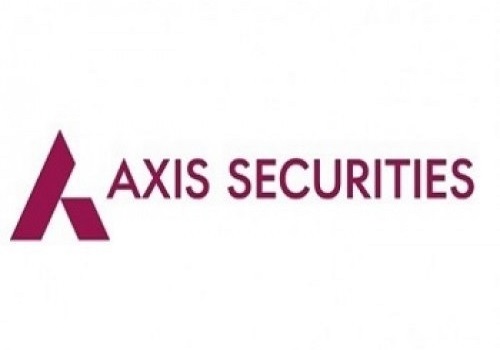Telecom Sector Update: TRAI recommendations on satellite spectrum assignment largely neutral for telcos by JM Financial Services Ltd
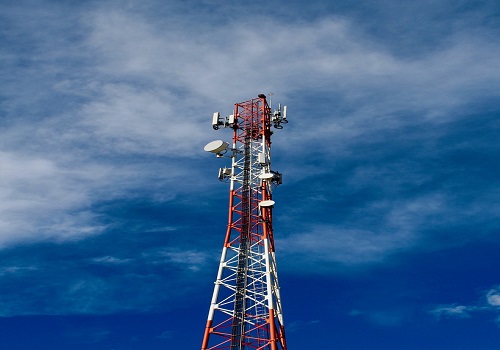
TRAI published recommendations (click here and here) on terms & conditions for the assignment of spectrum for satellite-based commercial communication services. It recommended that spectrum should be assigned to satcom players (like Starlink) for a period of 5 years (extendable up to 2 years) and suggested DoT to consider assigning spectrum in Ku, Ka, Q/V, L and S bands for satcom services. Further, it recommended that the satcom players don't need to pay any upfront charges but should pay: a) 4% of AGR as spectrum charges - this is higher than the rate being lobbied by satcom players (vs. 5% spectrum charge being paid by telcos for earlier spectrum, but brought down to NIL since the 2022 spectrum auction); b) 8% licence fee (similar to that paid by telcos); and c) an additional INR 500 annually for every subscriber served in urban areas. These recommendations will now be vetted by the Digital Communications Commission after which they will be put up for Cabinet approval.
As highlighted in our thematic note “Satellite internet: Potential to disrupt Telcos?”and “Bharti/Jio-Starlink tie-up largely neutral — mostly distribution arrangement for now”, we continue to believe that Starlink’s satellite broadband services pose limited threat to telcos’ home broadband business given its higher pricing (7-18x expensive) and limited speed. Further, Starlink’s direct-to-cell satellite services are also unlikely to disrupt telcos’ key wireless business given its dependence on telcos, and inferior performance. Hence, we believe these recommendations are largely neutral for Bharti/Jio; we also don’t foresee any significant risk to growth potential for Indus Towers.
* TRAI recommends assignment of satellite spectrum for 5 years; suggests no upfront cost but levy 4% of AGR as SUC and 8% as licence fee on satellite players: TRAI recommended assignment of spectrum to satcom players (like Starlink) for a period of 5 years, (extendable up to 2 years) and suggested DoT to consider assigning spectrum in: a) Ku band, Ka band, and Q/V band for user links and feeder links for Non-Geo Stationary Orbit (NGSO)-based Fixed Satellite Service (FSS) for data communication and Internet service; and b) L band and S band for user links and C band, Ku band, Ka band and Q/V band for feeder links for Geo Stationary Orbit (GSO) or NGSO-based Mobile Satellite Service (MSS) for providing voice, text, data communication and Internet service. Further, it recommended that there should be no upfront charges on satcom players but they should pay: a) 4% of AGR as spectrum charges - this is higher than the rate being lobbied by satcom players (vs. 5% spectrum charge being paid by telcos for earlier spectrum, but brought down to NIL since the 2022 spectrum auction); b) 8% licence fee (similar to that paid by telcos); and c) an additional INR 500 annually for every subscriber served in urban areas. It is to be noted that these recommendations will now be vetted by the Digital Communications Commission after which they will be put up to the Cabinet for approval.
* TRAI chairman reiterates satcom and terrestrial connectivity services complementary due to huge difference between their network capacities and scale of operations: TRAI chairman dismissed concerns over the impact of satcom services on terrestrial connectivity services, saying that both technologies are likely to be complementary services in future due to the huge difference between their network capacities (as capacity ratio ranges from 60:1 to 250:1 in favour of terrestrial network) and scale of operations. Hence, there is no loss to telcos due to TRAI’s recommendations for satcom services. Citing a case in point, he added that in Delhi, against a requirement of 5mn broadband connections, a single satellite constellation can offer only 10k-20k connections. Further, he added that the satellite constellation for which Starlink has applied for IN-SPACe permission operates in Ku and Ka bands, which are not supported by mobile phone devices. Hence, it needs to be seen whether Starlink would be able to offer its services direct-to-mobile in India after it pays stipulated spectrum charges. It is to be noted that satcom players globally take the spectrum from their terrestrial counterparts for satellites beaming services directly to mobile phones.
* Starlink’s satellite broadband services pose limited threat to telcos’ home broadband business given its higher pricing (7-18x expensive) and limited speed: Starlink (and other satcom companies) have globally priced satellite internet plans at USD 10-500 per month excluding one-time cost for hardware (which is ~USD 250-380). This is 7-18 times more expensive than Indian telcos’ home broadband plans (i.e., FTTH/FWA) that start from USD 5-7/month, while the higher end plans cost upto USD 47/month and provide speed of upto 1gbps and access to all OTT apps – Exhibit 2-5. Further, Starlink (and other satcom companies) offer plans with data caps and limited speed while Jio and Bharti provide unlimited data and higher speed. Hence, pricing remains a challenge for Starlink to become competitive in the price-conscious Indian market. So, Starlink’s satellite internet use case is primarily for rural and remote regions. Thus, satellite internet poses limited threat to Bharti/Jio’s home broadband segment; home broadband doesn’t constitute more than 6-10% of FY30 EBITDA and valuation for Bharti/Jio.
* Starlink’s direct-to-cell satellite broadband services unlikely to disrupt telcos’ key wireless business given its dependence on telcos, and inferior performance: Starlink was the firstmover in testing and developing direct-to-cell technology, which can facilitate provision of satellite broadband services directly to cell phones. It rolled out pilots that support only text messages in late CY24 while voice, data and IoT services are slated to begin in CY25. However, this technology is still at a nascent stage and is currently facing technical constraints: a) LEO satellites are not stationary relative to the Earth; hence, circumventing this via beam steering is difficult in case of cell phones; and b) cell phones’ low antenna gain and power limits their capacity to maintain a reliable line of communication with the satellites. Hence, Starlink (and other satellite players) require tie-ups with telcos to get access to their compatible 4G/LTE spectrum to connect with smartphones. Further, the tie-ups should enable satellite players to authenticate and connect users via SIM cards. Such dependence on telcos’ infrastructure could potentially act as a strong barrier for Starlink to independently disrupt the mobile wireless segment in India. Further, direct-tocell technology delivers inferior performance than traditional wireless connectivity services; hence, it is unlikely to disrupt Indian telcos’ wireless business (which contributes 80-90% of valuation for Bharti/Jio).
Please refer disclaimer at https://www.jmfl.com/disclaimer
SEBI Registration Number is INM000010361





